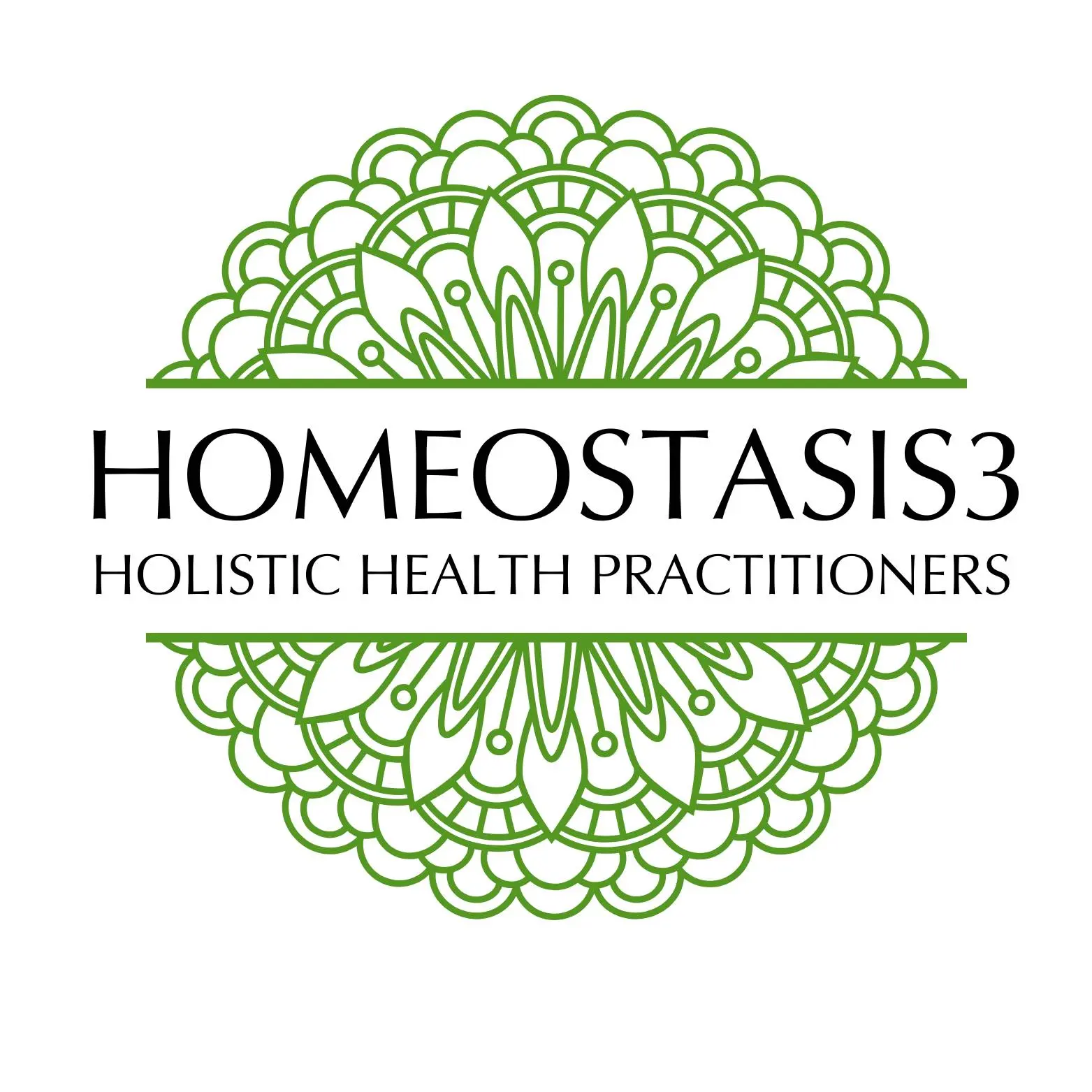Migraines are more than just headaches—they’re complex neurological events that can involve throbbing pain, sensitivity to light and sound, nausea, and even visual disturbances. While medications are often the first line of treatment, there are times when they fall short.
Here are evidence-supported, non-pharmaceutical strategies that can help you manage migraine attacks and support recovery.
1. Hydrate with Purpose
Dehydration is a common trigger for migraines. Drinking water consistently throughout the day can help reduce both frequency and intensity. Mineral-rich water, like Fiji, contains small amounts of magnesium, a mineral known to help reduce migraine episodes—particularly in women.
Tip: Sip small amounts regularly instead of large gulps to avoid nausea during an active migraine.
2. Prioritize Sleep and Darkness
Rest in a quiet, dark room can dramatically reduce migraine severity. Using a sleep mask helps block out light, which is often a major trigger or aggravator of symptoms.
Clinical Insight: Poor sleep hygiene has been linked to increased migraine frequency. Establish a routine with consistent sleep and wake times.
3. Supplement with Natural Remedies
Two of the most researched herbal supplements for migraines are:
- Feverfew
- Butterbur (PA-free)
These herbs may help reduce inflammation, calm overactive neurological pathways, and prevent recurring attacks when taken regularly.
Note: Always consult your doctor before starting herbal supplements, especially if you're on other medications.
4. Soothe with Herbal Teas
Nausea is a common migraine companion. Sipping on peppermint, ginger, or chamomile tea can help:
- Calm the digestive system
- Reduce nausea and bloating
- Support gentle hydration
Bonus: Chamomile also supports relaxation and sleep, while ginger has natural anti-inflammatory effects.
5. Try Gentle Massage
A soft massage can:
- Increase blood circulation
- Ease muscle tension
- Lower stress hormones
Focus on the neck, shoulders, and temples, where tension often builds during migraine episodes. Regular massage may also reduce the frequency of attacks over time.
Always consult a healthcare provider before changing your treatment plan, especially if your migraines are chronic, worsening, or resistant to conventional therapy.
